- Chicago
- Posts
- How Wrigley has Changed Since 2016 World Series | NBA to Sell Franchises in Africa League
How Wrigley has Changed Since 2016 World Series | NBA to Sell Franchises in Africa League
NCAA sets up Snitch Line
Get up to speed with latest news impacting the sports business landscape in Chicago and beyond. 🗞️
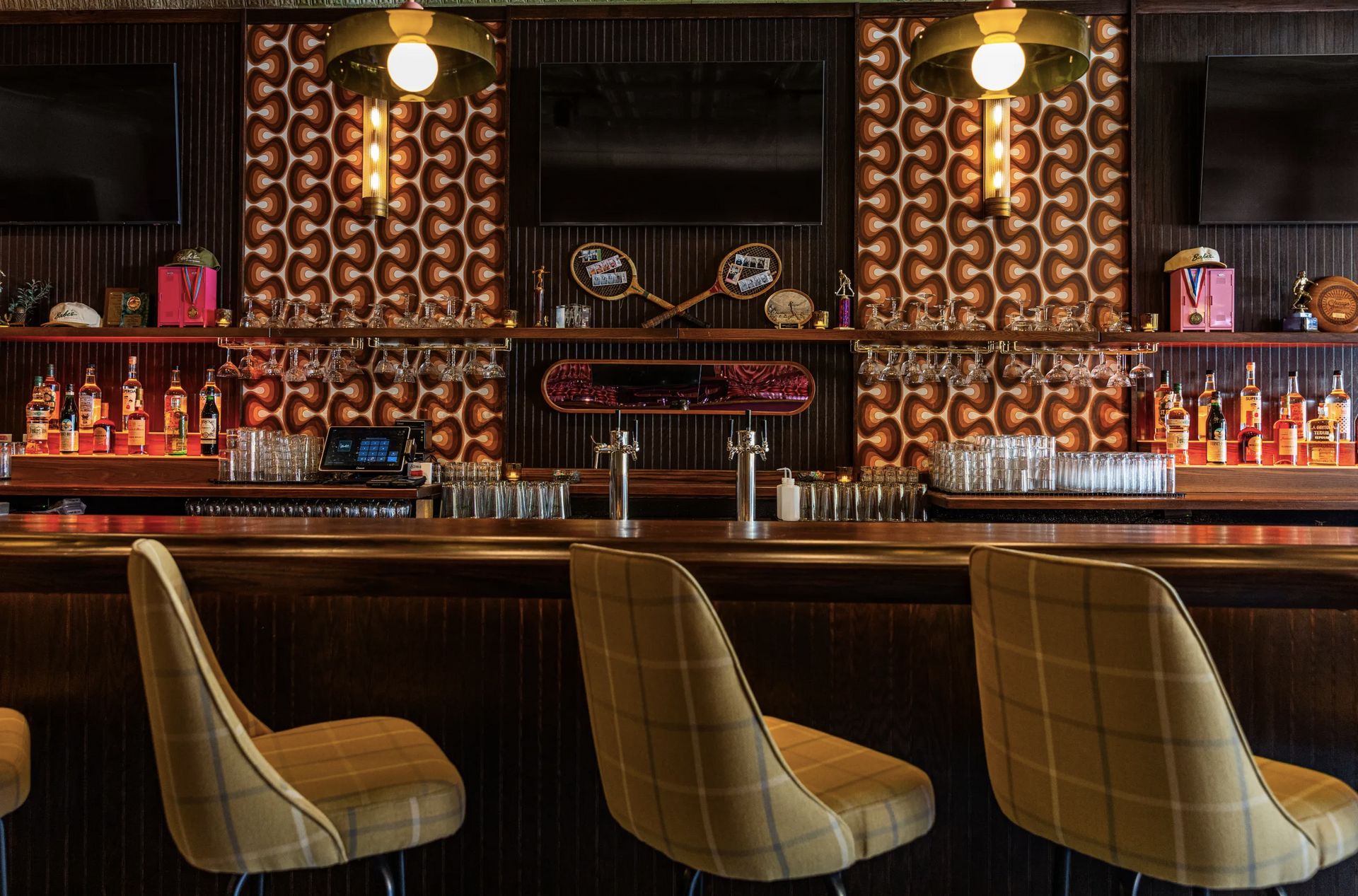
Babe's Sports Bar, showing only women's sports, opens in Chicago's Logan Square neighborhood Babe’s didn’t just open the door to women’s sports-only bars in Chicago; it broke the door off the hinges. So many people were excited for Babe’s premiere that they ran out of drinks on the first day. They were able to restock to reopen two days later, but what was once an unthinkable concept is proving that it can work. Want to watch the Windy City rollers bruise each other and their opponents? Babe’s has it on. The bar will feature all of Chicago’s women’s pro sports teams, as well as some collegiate ones. As we’ve covered before, the momentum of women’s sports is real and here to stay. And Logan Square is one of the most appropriate neighborhoods for a first-of-its-kind bar to establish itself. If Babe’s can keep lines out of the door for a while, it could also help spark a revitalization in Chicago’s reeling commercial real estate space. Discover who Babe’s was named after and the various sports it will offer guests.
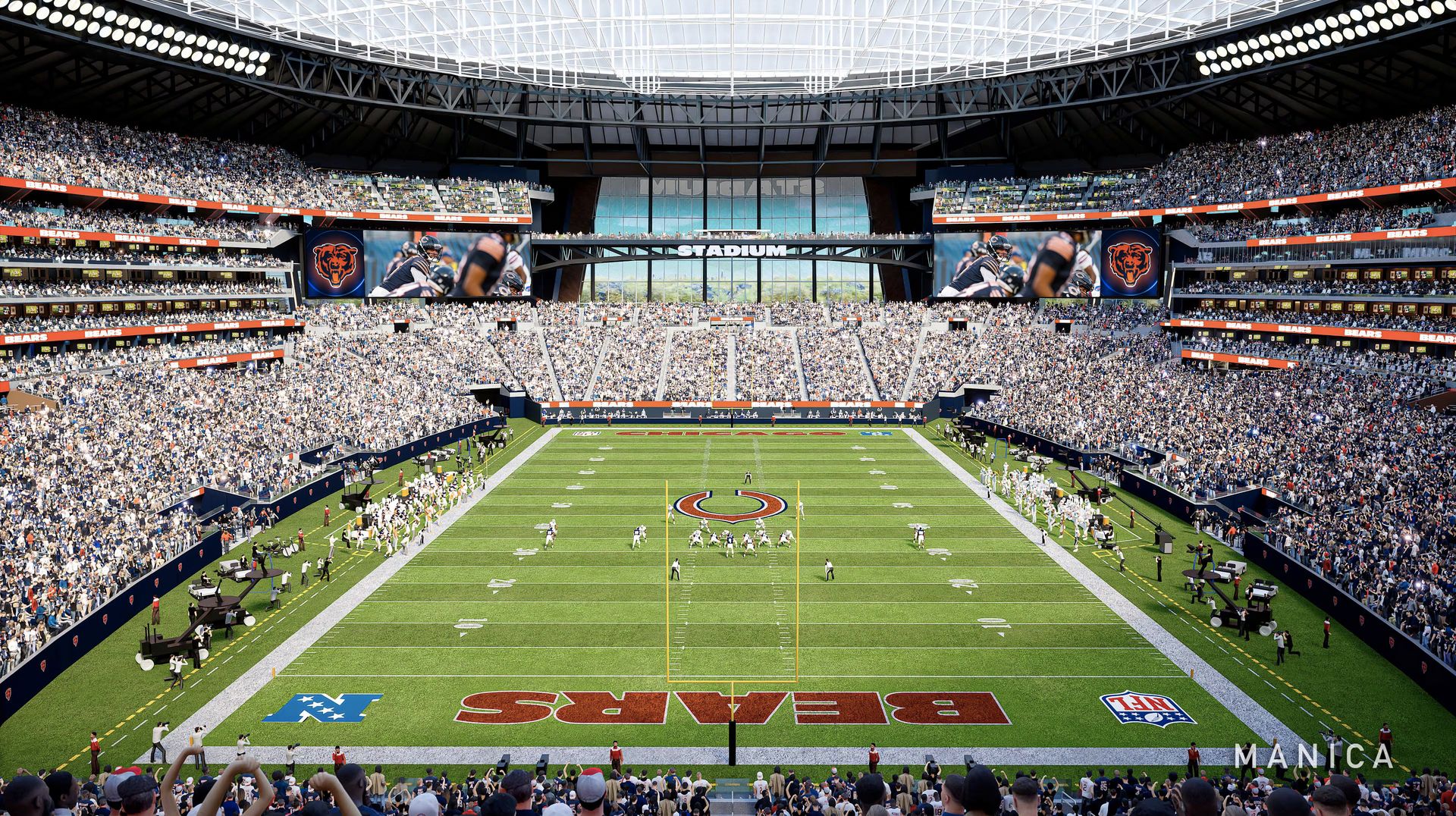
Manica alters Bears stadium design with more space Bears President and CEO Kevin Warren declared that the Bears need a new stadium so the city can host a Super Bowl, a few Mondays ago. The race was officially on ever since to make good on that declaration. Arlington Heights offers the team more space than the more confined downtown location that was also considered. Manica — the architecture firm in charge of everything within the stadium’s hosting perimeter — tried not to salivate too much once it knew it had more room to add more amenities in its latest renderings. Large glass windows, a pedestrian concourse bridge, VIP parking, and more highlight the additions in a reimagined domed stadium on the former racetrack in Arlington Heights. Compared to Soldier Field, fans will have more legroom and circulation space. Based on what we can see of it so far, elements of Allegiant Stadium in Las Vegas are evident in the design, which Manica also helped architect. Bears fans used to seeing the city’s skyline in the background will feel a glaring hole in the aerial views of the stadium. No doubt there’s gonna be a dogfight until the end. It’s between those who want the Bears to stay in the city vs those who simply want a domed stadium somewhere in Chicagoland so we can host our first Super Bowl. Regardless of which side prevails, it’s hard to see this ever being a win-win situation for the Bears among their fanbase. Sports Business Journal unveils details on the Bears’ stadium renderings.
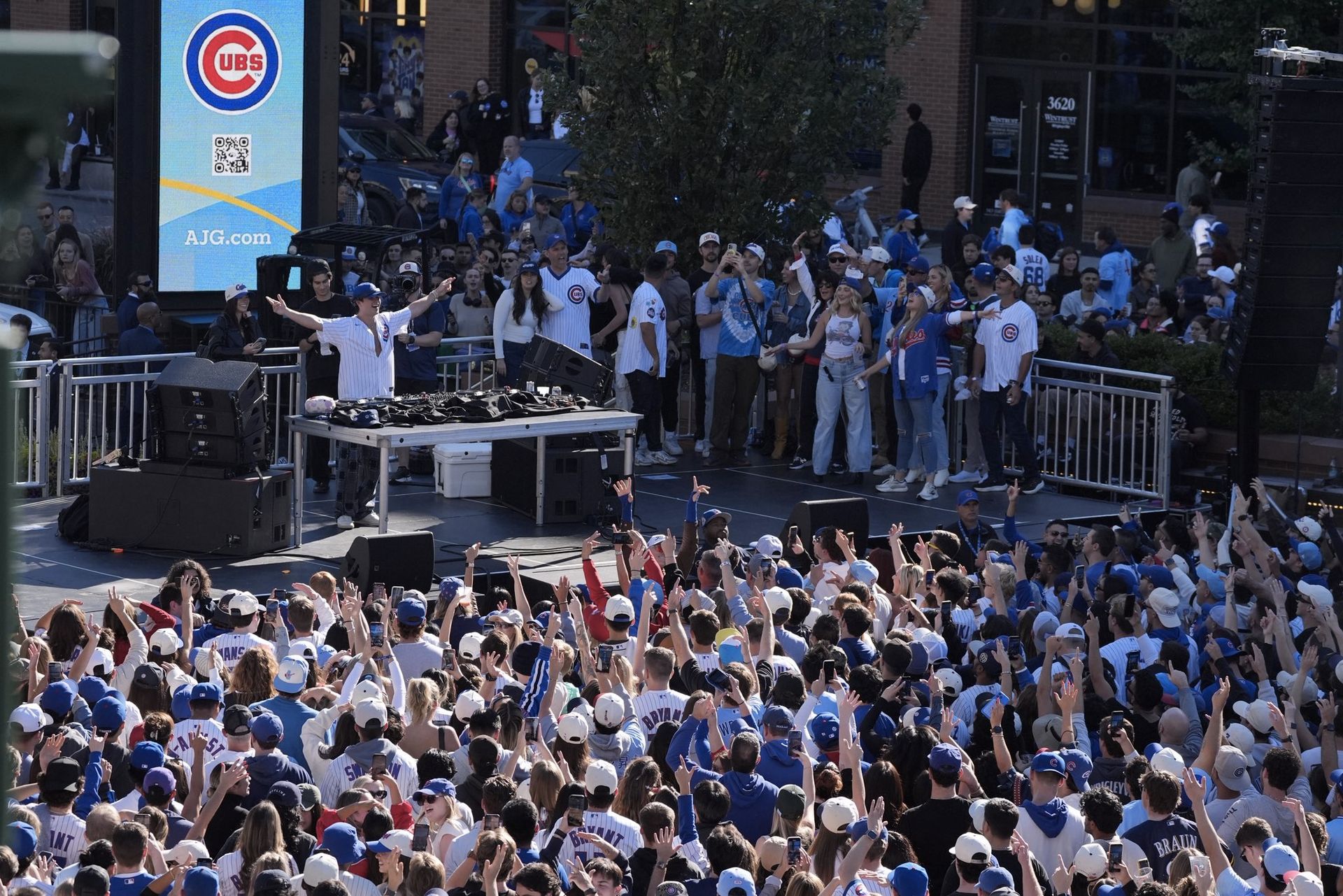
How Wrigleyville has transformed since the Cubs' 2016 World Series When “Ballhawk” Scott Doherty says things have changed in Wrigleyville, you better believe it has. Doherty has caught almost 1,200 long balls that make their way to Waveland Ave since 1992. Back then, The Tap was still open, serving cold beer and Rock N’ Roll classics on game days. No Cubs fans in their right mind would trade the World Series win in ‘16 for the old Wrigleyville that stood for decades. But before the Ricketts family began transforming it, anyone familiar with the former Wrigleyville will admit the vibe has changed drastically. After buying the team in 2009, the Ricketts methodically transformed the Cubs. Staples like Yum Yum Donuts and iO Theater are gone for good. It leaves Wrigley Field as one of the only recognizable structures from classic Wrigleyville in the area. 2016 was the jumping-off point, and you can’t blame the Ricketts for capitalizing on a historic, curse-busting World Series. Ballhawk Steve and other Cubs fans will gladly welcome another Commissioner’s Trophy, but all can only wonder if they’ll recognize Wrigleyville afterwards. Axios Chicago reports on other ways the area has changed over the years.
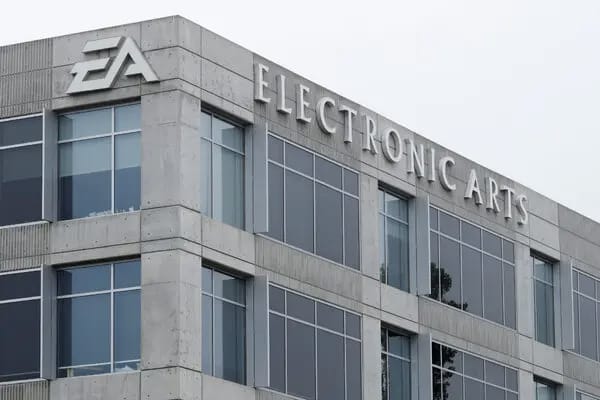
Video gamer Electronic Arts, maker of Madden NFL, to be bought in largest-ever private equity buyout valued at $55 billion No surprise the Saudi Public Investment Fund (PIF) is involved in a history-making deal. The PIF has been shaking up the sports world for years, having begun its aggressive strategy to invest in sports-related properties in 2015. Although it has also been investing in the gaming sector since 2022, EA represents a significant step up. That $55 billion price tag is almost double the previous record for leveraged buyouts. Texas private utility company TXU previously held the record, which was sold for $32 billion in 2007. Ultimately, the deal will help EA overcome stagnant annual revenues. Taking the company private will help it innovate and avoid public scrutiny during the restructuring process. EA wasn’t in any danger from its cemented position as a leader in the gaming sector. But in a fast-changing landscape with AI playing a more prominent role in the game design process, the infusion of capital will help it adapt and continue to produce addictive sports games. See who else was involved in the deal and when it could get the green light.
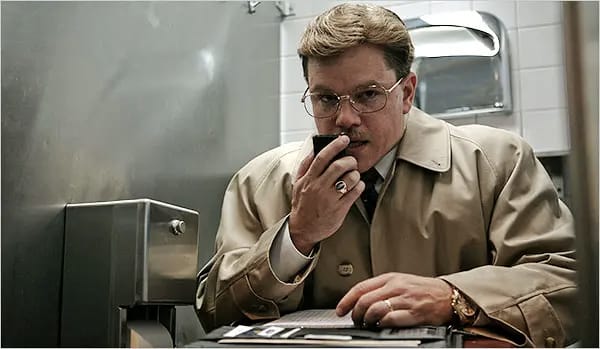
College Sports Commission Sets Up ‘Snitch Line’ to Report Rules Violations Snitches get riches? The upstart College Sports Commission (CSC) is severely understaffed. In order to tackle the gigantic task of auditing NIL deals among hundreds of schools, it’s hoping sni…tippers will help it regulate. The CSC is off to a rough start in its first few months of existence. It has made some glaring reporting mistakes, like saying $80 million NIL deals had been cleared when it was more like $35 million. And it has delayed clearing deals for some athletes so long that they lose out on those opportunities. Now that any NIL deal over $600 must be approved to ensure fairness, the waiting list is almost assured to remain long. The NIL industry continues to operate in a nebulous, ever-changing landscape. It’s no longer the Wild Wild West, but still no less confusing for those entrenched in it. The CSC faces an uphill battle in manually scrutinizing each NIL deal and determining how to manage rule violations effectively. A tip line may be its only hope in making a makeshift process and commission work. Front Office Sports reports on the number of employees the CSC has. Hint: It’s less than you can imagine.
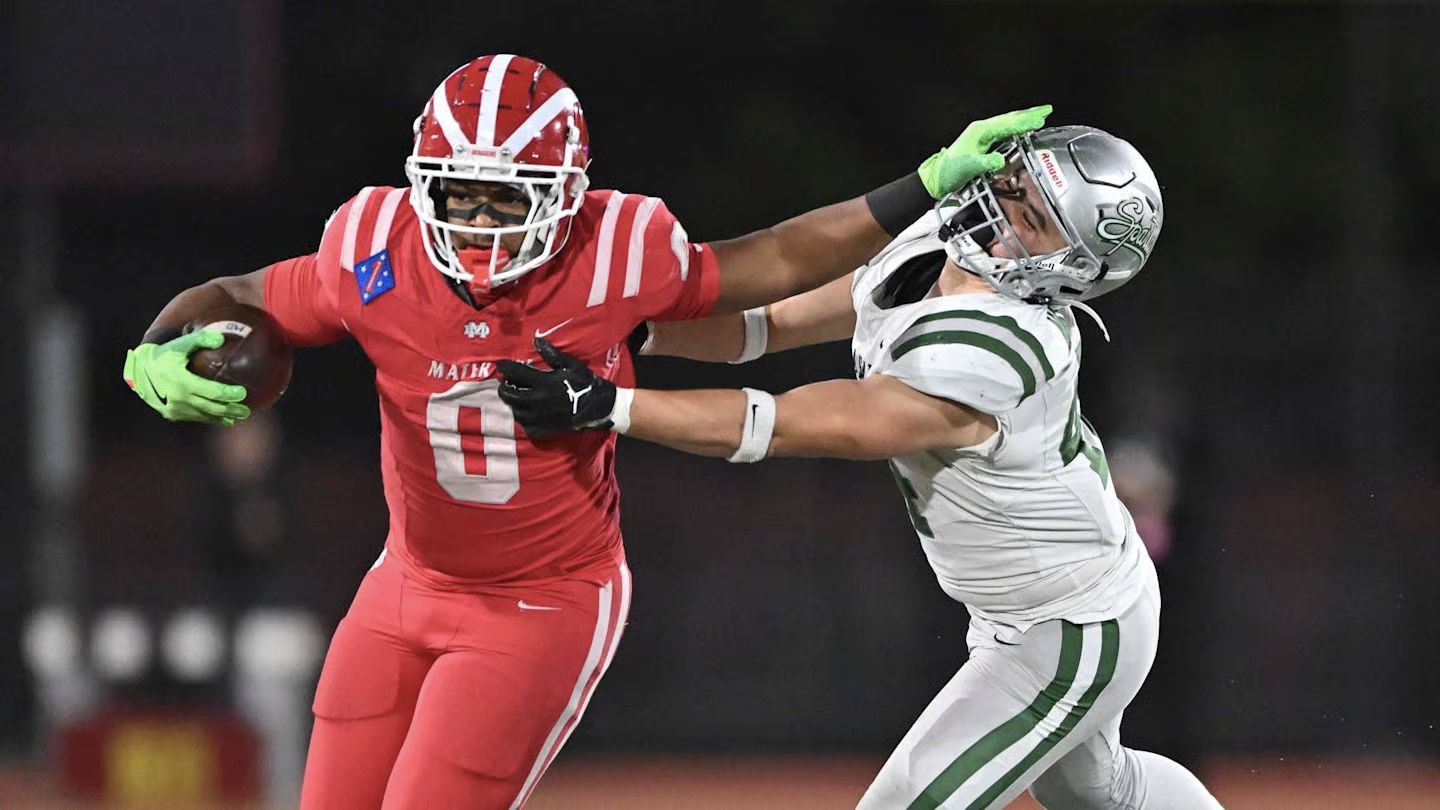
Elite High School Sports Poised to Become Next Lucrative Media Rights Category Elite high school football powerhouses nationwide are about to get a bigger spotlight under their Friday Night Lights. A Playfly study estimated high school sports could garner between $134 million and $219 million in combined revenue of streaming media rights fees and sponsorships. ESPN has already seen plenty of success in the marquee high school football matchups it showcases, although the sample size has been limited up to now. The reason: traditional elite programs around the country would only attract local and regional interest. Now that top players are flocking to specific elite programs — in part to secure NIL deals down the line and get recruited to the best college football programs — national interest is piquing around high school sports. It’s not just football; basketball and baseball are two other sports following a similar trajectory to football. When you have a high school program selling for over $1 billion like IMG Academy in Florida did last year, it’s proof that high school sports can drive massive valuations through building all-inclusive sports academies. Friday Night Lights will soon expand to multiple nights of the week for the elite high school sports programs nationwide. John Wallstreet dives into the numbers behind high school sports and what’s developing on the horizon.
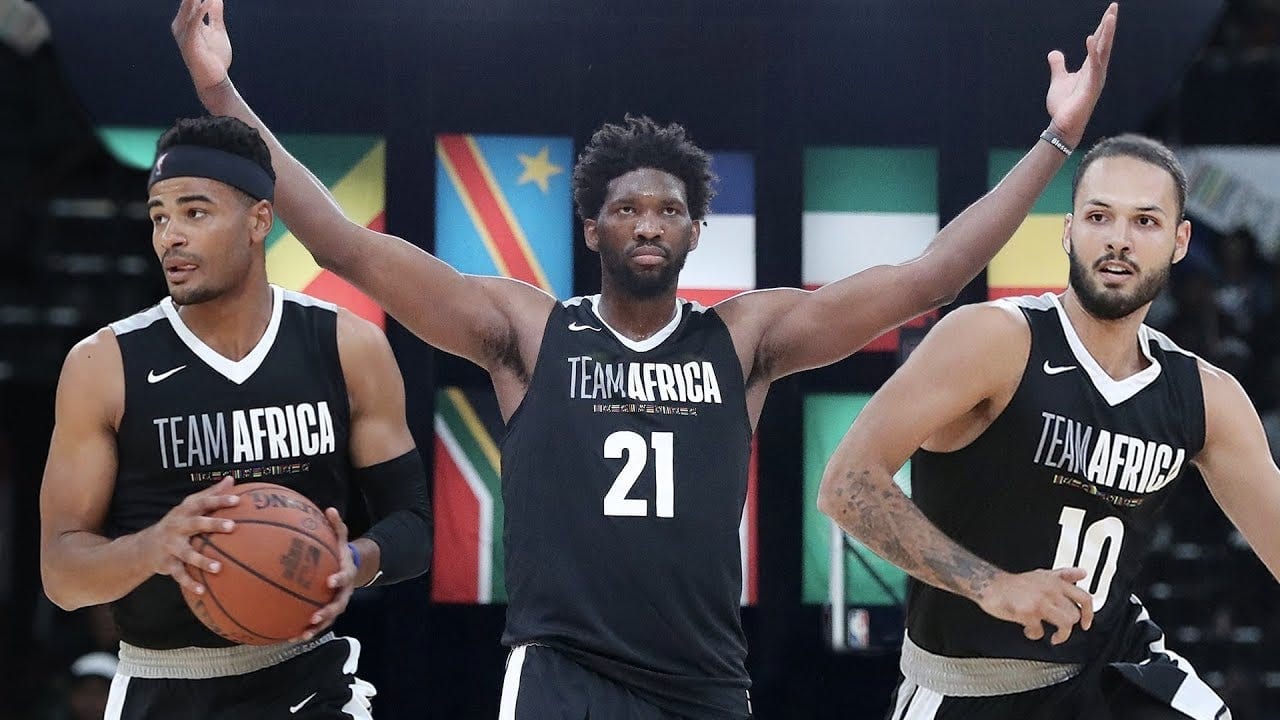
NBA to Sell Franchises in Basketball Africa League Africa has proven to be a hotbed of talent for the NBA. As more foreign-born players make their mark on the NBA, the league is expanding its efforts to commercialize the NBA in every corner of the globe. A European NBA-backed league was announced over the summer as well. An Asian league could be around the corner, too, if more Yao Ming-level talent players develop in the Eastern hemisphere. International players like Luka Doncic, Joel Embiid, the Bulls’ Matas Buzelis, Nikola Jokic, and Giannis Antetokounmpo have become faces of the league. Jordan’s ‘92 Dream Team has globalized basketball to points it could’ve never imagined 30+ years ago. The Basketball Africa League (BAL) will help nurture tomorrow’s NBA superstars with much-needed investments in some of Africa’s more economically challenged countries. The biggest challenge for the NBA will be determining the level of interest in acquiring one of the franchises in the BAL and assessing their value. Soccer remains the most popular sport in Africa, so garnering enough interest and value in buying a basketball franchise in an upstart league will take some effort. Find out when the BAL was formed and how many teams are part of it.